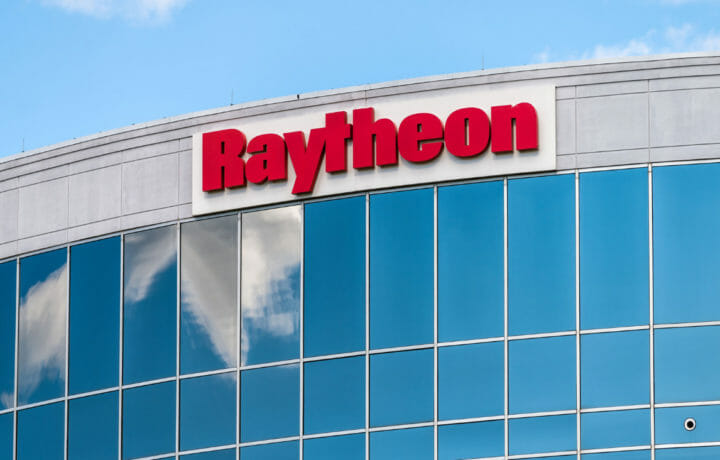The alignment of several of RTX’s (RTX) key initiatives with the White House’s top goals, along with RTX’s strong fourth-quarter financial results, make the company’s stock a buy at this point.
Moreover, the shares’ valuation is quite attractive, while Wall Street analysts expect the company’s profits to grow rapidly going forward.
RTX was formed in 2020 by a merger between Raytheon and United Technologies Corporation.
RTX Priorities
The national defense strategic guidance document recently developed by Secretary of Defense Pete Hegseth, reportedly “raises the possibility that defense of the American homeland, from missile attack and now also from drones, may be a more technologically realistic and important defense priority than it was 10 or 20 years ago.”
In December, the British Army successfully tested RTX’s High-Energy Laser Weapon System “against moving aerial targets.” And the company has noted that the system “acquires, tracks, targets and defeats mortars and large drones in complex swarming scenarios.”
Since Israel is using a similar system to counter ballistic missiles, RTX’s offering could eventually also be used for that purpose.
Also important, as Washington puts a high priority on saving money, is that using lasers to defend against missiles and drones is much cheaper than utilizing missiles to carry out the same functions.
A new version of another one of RTX’s products, called Coyote, is an “unmanned aerial system” that “has successfully intercepted hundreds of drones,” according to the firm. What’s more, the system has autonomous capabilities. That could make it appealing to Hegseth, who is interested in utilizing new technologies to enhance the effectiveness of the military.
Finally, RTX also has developed the Joint Land Attack Cruise Missile Defense Elevated Netted Sensor System, or JLENS. The latter product is actually a blimp which “consists of two large, unmanned, helium-filled aerostats.” The aerostats are equipped with “a radar system designed to detect and track threats,” including cruise missiles and drones.
Although the Army stopped using JLENS after the blimp got loose and destroyed power lines in 2015, there’s a good indication that the Pentagon is interested in giving the system another chance.
That’s because RTX was recently named as one of ten companies that will bid on deals to develop radar-equipped aerostats for the Army. Since JLENS incorporates radar-equipped aerostats, a comeback may very well be in store for the offering. The ten-year deal is slated to be worth $4.2 billion.
If JLENS performs well for the Army this time, RTX could sell the product to a significant number of U.S. allies, since many nations are looking for added protection against missiles and drones.
RTX’s Strong Financial Results, Low Valuation, and Healthy Outlook
In Q4 of last year, the firm’s sales climbed 9% versus the same period a year earlier to $21.6 billion, while its earnings per share, excluding certain items, jumped 19% year-over-year to $1.54. Further, its operating profit came in at $2.1 billion, versus $1.77 billion in Q4 of 2023, while it had a huge backlog of $218 billion as of the end of last year.
Similarly, last quarter, its sales climbed 8% year-over-year, excluding divestitures, to $20.3 billion while its adjusted EPS jumped 10% YOY. to $1.47
Given the company’s strong growth, its forward price-earnings ratio of 21 times is rather low.
Finally, analysts on average expect its EPS to climb to $6.14 this year and $6.83 next year from $5.73 in 2024. On the top line, their mean estimate calls for it to generate healthy gains of 4.4% this year and 6% in 2026.
*This article is intended to be informational only; it is not financial advice.




